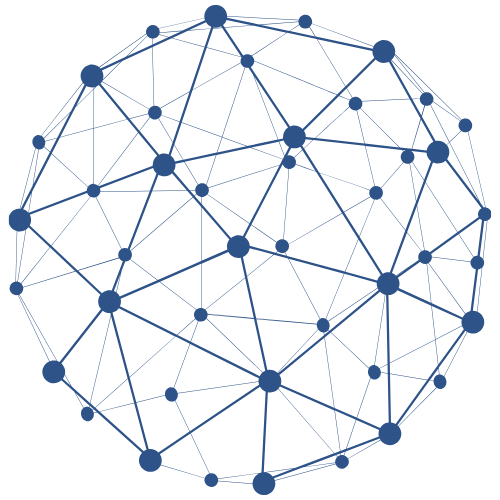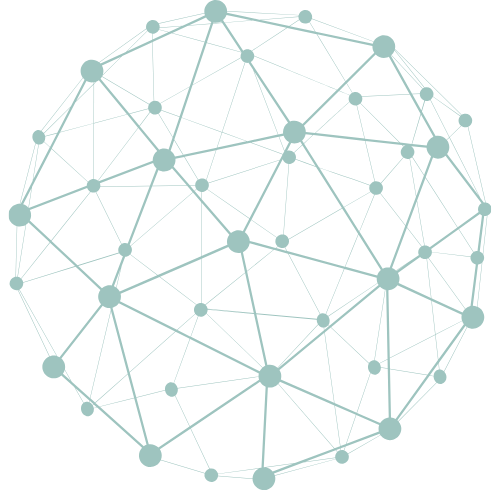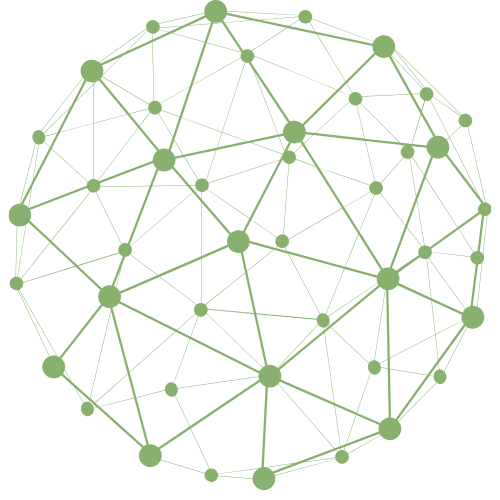2nd Cybernetics and its Relevance to Osteopathic Systems Thinking
– Autopoiesis, Cognition, and Contemporary Systems Theory
The roots of Second Order Cybernetics stretch back to the mid-20th century, growing from the grounds of the original cybernetic movement. Pioneers like Heinz von Foerster, Margaret Mead, and Gregory Bateson perceived limitations in the first wave of cybernetics, which primarily addressed systems as external observers without considering the observer’s role in the observed system. They yearned for a more reflective, inclusive, and holistic understanding of systems and the act of observation itself.
Core Concepts:
- Observer-Included: A hallmark of Second Order Cybernetics is its emphasis on including the observer within the system being observed. No longer a detached entity, the observer becomes an integral part of the very system they seek to understand.
- Circularity: This approach advocates a circular, recursive perspective on causality and influence, moving away from traditional linear cause-effect paradigms.
- Autonomy of Systems: Systems are seen as autonomous entities, with the ability to set their own boundaries, standards, and goals.
- Inherent Limitations of Understanding: Second Order Cybernetics recognizes that systems, including the observers within them, are inherently limited in their ability to fully grasp the entirety of themselves or the systems they engage with. This humility stems from the understanding that every observation is constrained by the observer’s perspective, capacities, and biases.
Influence on Autopoiesis and Cognition:
Second Order Cybernetics deeply impacted the formulation of “Autopoiesis and Cognition”. Humberto Maturana, one of the co-authors, was actively involved in the cybernetic conferences where these ideas were crystallizing. The autopoietic perspective — the view of living systems as self-producing and self-maintaining entities — aligns well with the cybernetic emphasis on system autonomy. Furthermore, the idea of the observer being a part of the observed system found resonance in Maturana and Varela’s insistence on cognition as an embodied, interactive process.
Integration with Contemporary Systems Theory:
Over the decades, Second Order Cybernetics has been woven into the broader tapestry of systems theory. Today, it serves as a cornerstone for systems thinkers emphasizing reflexivity, co-creation, and mutual influence. This evolution speaks to the transformative power of Second Order Cybernetics, bridging the once distinct fields of cybernetics and systems theory into a more unified, holistic perspective on complex systems.
Relevance to Osteopathic Systems Thinking:
The principles of Second Order Cybernetics, when applied to osteopathy, encourage a holistic, interconnected view of health and the stakeholders participation. By considering the practitioner as part of the therapeutic system, it opens avenues for deeper, more reflexive interventions. The idea of circularity can be seen in the feedback loops of the body, and the autonomy of systems underscores the inherent healing capacities of the body. Combined with the insights from “Autopoiesis and Cognition”, it provides a rich tapestry of ideas to support a more holistic and integrated osteopathic practice.
References:
- Hewitt, William F 1964. Homeostasis or, Cybernetics in Osteopathy. Journal A.O.A. National Institutes of Health, 63, 950–5.
- von Foerster, Heinz 2003. Cybernetics of Cybernetics. Understanding Understanding. , 283–286. DOI: https://doi.org/10.1007/0-387-21722-3_13.Wiener, Norbert 2019. Cybernetics Or Control And Communication In The Animal And The Machine. S.L.: Mit Press.




